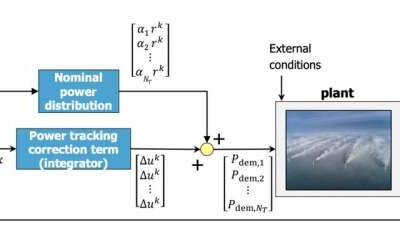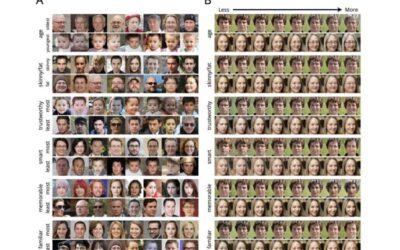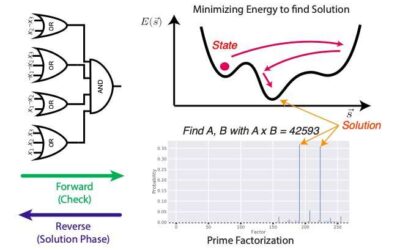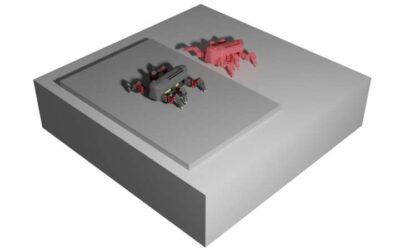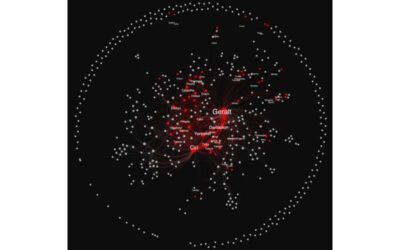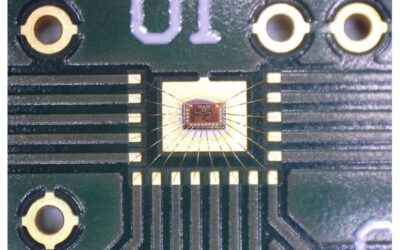To slow down climate change and prevent its adverse consequences, humans will need to transition to more sustainable energy sources. Engineers worldwide have thus been working on a wide range of technologies that can convert natural resources, such as sunlight, wind,...
Computer Sciences
Study traces the origins and diffusion of image memes online
Memes, images or videos with text overlays that convey funny messages to specific audiences are a well-known global phenomenon. As they tend to rapidly circulate online and become viral quickly, memes are also sometimes included in marketing and social engagement...
Using deep learning to predict users’ superficial judgments of human faces
Many psychology studies have confirmed the biased nature of human judgments and decision-making. When interacting with a new person, for instance, humans often make a series of automatic and superficial judgments based solely on their appearance, facial features,...
A new approach to tackle optimization problems using Boltzmann machines
Ising machines are unconventional computer architectures based on physics principles, named after the German physicist Ernst Ising. In recent years, they have been found to be particularly promising tools for solving combinatorial optimization (CO) problems and create...
Silicon FinFETs hosting hole spin qubits at temperatures over 4 Kelvin
The idea of creating a spin-based quantum computer using quantum dots was first introduced by Daniel Loss and David Di Vincenzo in 1998. Since then, countless engineers and physicists worldwide have been trying to realize their vision using existing and newly...
A new model to automatically detect and filter spam emails
Spam emails are undesired messages that are often sent to many random users in bulks. These messages can contain advertisements, but also phishing links or malware. The automatic filtering of emails and the identification of spam messages is highly advantageous, as it...
An approach to rapidly and efficiently improve the locomotion of legged robots
In recent years, roboticists have developed mobile robots with a wide range of anatomies and capabilities. A class of robotic systems that has been found to be particularly promising for navigating unstructured and dynamic environments are legged robots (i.e., robots...
Data scientist builds a detailed network map of ‘The Witcher’
"The Witcher," a fantasy novel series by Andrzej Sapkowski, has become increasingly popular, following the release of several videogames and a spin-off series by Netflix. The latest season of the show, uploaded on Netflix in December 2021, was watched by users...
A CMOS-based chip that integrates silicon quantum dots and multiplexed readout electronics
Researchers at École Polytechnique Fédérale de Lausanne (EPFL) and the Hitachi Cambridge Laboratory have recently designed an integrated circuit (IC) that integrates silicon quantum dots with conventional readout electronics. This chip, introduced in a paper published...
A model that can create realistic animations of talking faces
In recent years, computer-generated animations of animals and humans have become increasingly detailed and realistic. Nonetheless, producing convincing animations of a character's face as it's talking remains a key challenge, as it typically entails the successful...

